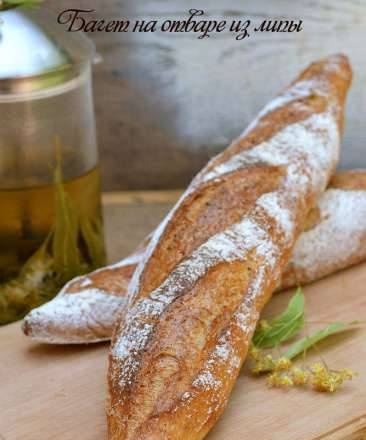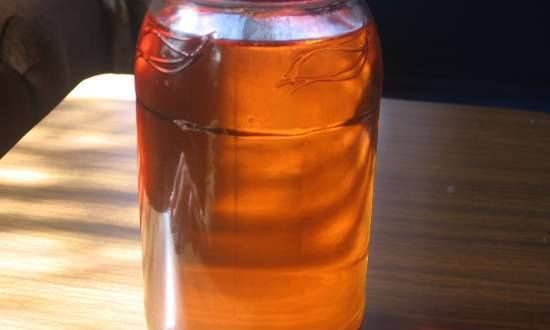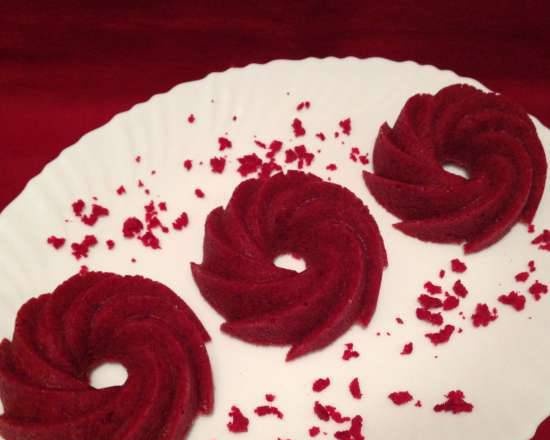Linden |
|
Linden's "character" is surprisingly flexible. She is a dear guest everywhere, not only does she not oppress other breeds, but on the contrary, helps them grow, because the leaves, falling off and decaying, improve the plant properties of the soil, increase the content of humus, valuable trace elements. Linden itself can adapt to a variety of soil conditions.
Linden leaves tolerate shading well. However, like other plants, they tend to the sun. And here the petiole, crocheting, raises a leaf above the branch. It is heart-shaped. Its halves are asymmetrical: on one side, the lower vein is more developed. The denticles are small, serrate, with a slight inclination towards the pointed apex. They sit on a cranked branch alternately and, rising above the branch, form a green canopy, under which buds and flowers are comfortably located. The buds are ovoid, covered with two smooth scales of unequal size. Inside there are two rudimentary leaves in the form of tubercles on the growth cone and five tiny leaves folded in half. If you look at the cut of the bud through a magnifying glass, you can see that veins stand out sharply on these small leaves, the villi are visible, protecting them from frost, because the linden does not have a protective resin, its leaves are protected only by smooth stipules.
Flowers are collected in inflorescences of three to seven pieces. They dissolve at different times. Therefore, on one inflorescence, we can trace different stages of flowering. Here is a bud, it resembles a water lily bud. And next to it is an open flower. It has five pale green sepals, five pale yellow petals, many stamens topped with bright yellow anthers, which give the flower a bright yellow background. The pistil resembles a white flask with a narrow neck.
Linden flowers and linden honey have healing properties. They are used in medicine. They have phytoncidal properties, contain essential oil, aromatic substances, glucoside, yellow pigment.
The fruit is a round nutlet with 4-5 longitudinal weakly expressed ribs and a narrow bracts (lionfish). The fruits, harvested and peeled, contain 30% of the valuable oil, which belongs to the best varieties of table oils. Its important advantage is that when air is available, the freezing point is -20 ° C. It is highly regarded in the confectionery industry. The cake is used for livestock feed. Harvested in autumn.
From the bark of young trees, bast is obtained for making baskets, ropes, etc., bark is prepared from the bark of 30-50-year-old trees, which is used to make matting, sacks, mats, and light containers.
Linden is planted mainly as a companion tree to improve the base species, such as pine or oak. Naturally growing lime trees have been preserved mainly in the Middle Volga. N. Skoropupov |
| Wild strawberry | Agricultural chemistry lessons: phosphorus and potash fertilizers |
|---|
New recipes
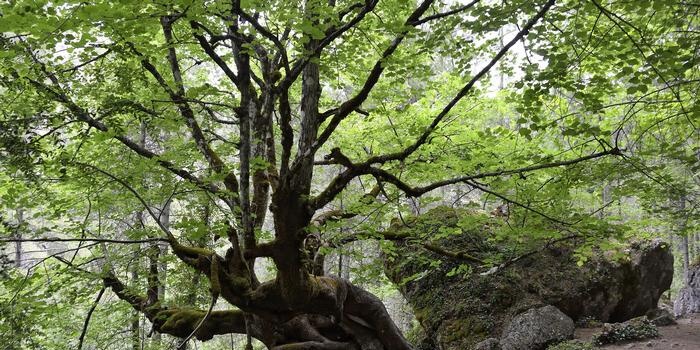 Several types of linden grow in our country, but the small-leaved linden is widely known as a companion of the Russian forest. In natural plantations, it is found in oak forests, pine forests, spruce forests, or forms continuous lime forests.
Several types of linden grow in our country, but the small-leaved linden is widely known as a companion of the Russian forest. In natural plantations, it is found in oak forests, pine forests, spruce forests, or forms continuous lime forests.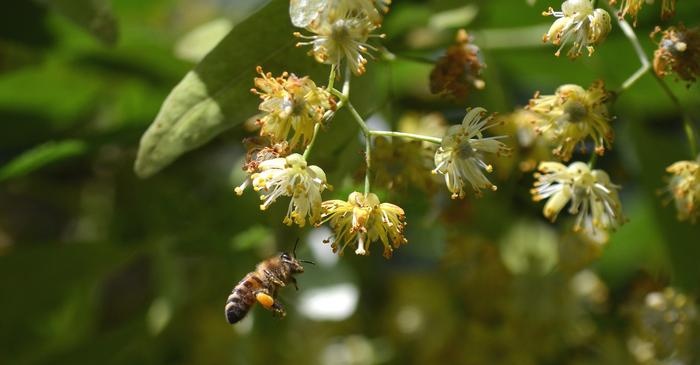 The crown of a tree growing free is beautiful, large, and domed. The lower branches extend from the trunk downward, the middle ones are located horizontally, and the upper ones - at an upward angle. The crown is densely clothed with dark green foliage. The seven-year branch has several branches. On a hundred-year-old tree, there are up to 50 thousand leaves with a total area of about 100 square meters.
The crown of a tree growing free is beautiful, large, and domed. The lower branches extend from the trunk downward, the middle ones are located horizontally, and the upper ones - at an upward angle. The crown is densely clothed with dark green foliage. The seven-year branch has several branches. On a hundred-year-old tree, there are up to 50 thousand leaves with a total area of about 100 square meters.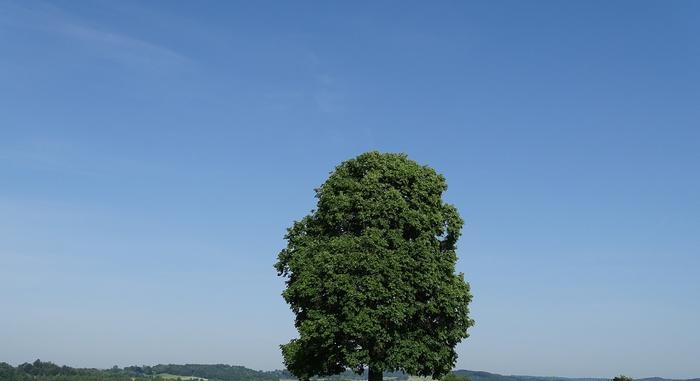 Everybody knows linden flowers. One cannot walk indifferently past a fragrant tree without looking at the flowers, which from below seem to be small yellow stars. Linden aroma, thick, sweet, associated in our view with honey. The Greek name for linden, according to some scholars, means "The tree loved by bees".
Everybody knows linden flowers. One cannot walk indifferently past a fragrant tree without looking at the flowers, which from below seem to be small yellow stars. Linden aroma, thick, sweet, associated in our view with honey. The Greek name for linden, according to some scholars, means "The tree loved by bees".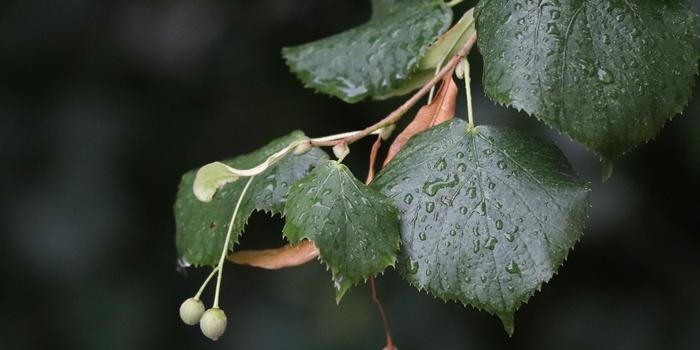 But where is the source of that fragrance that captivates people and attracts
But where is the source of that fragrance that captivates people and attracts 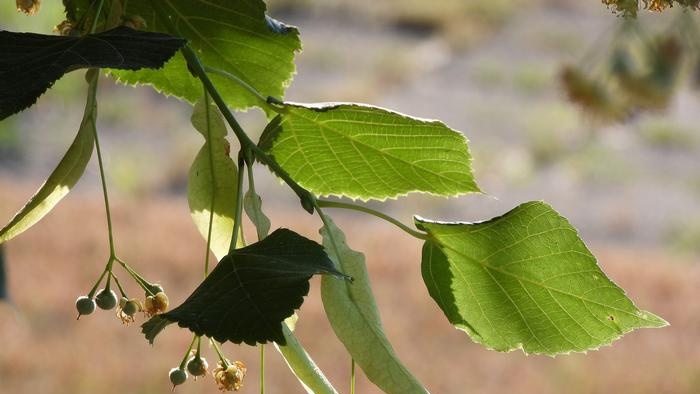 Bees from one tree collect as much nectar as they get from a whole hectare
Bees from one tree collect as much nectar as they get from a whole hectare 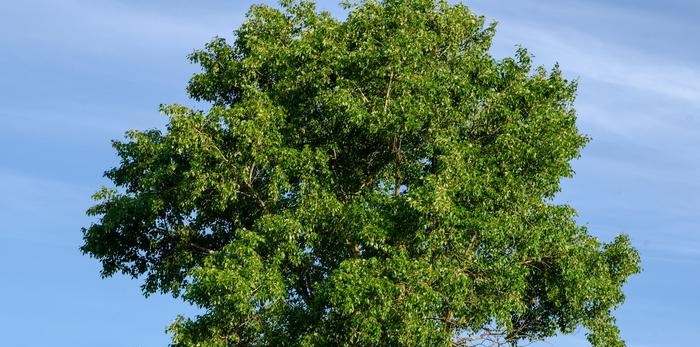 Linden in forest conditions is able to live and bear fruit up to 200 years, and sometimes up to 600. It is widely used in landscaping plantings. More than 1 million cubic meters of linden wood are used for plywood and matches annually.
Linden in forest conditions is able to live and bear fruit up to 200 years, and sometimes up to 600. It is widely used in landscaping plantings. More than 1 million cubic meters of linden wood are used for plywood and matches annually.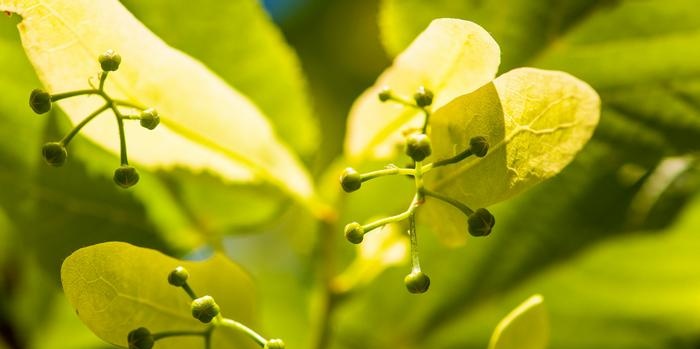 This tree is certainly among the top ten most generous, most ecologically significant trees in the world. After all, the photosynthesizing surface of its foliage is larger than that of other trees, it gives people coolness, the tree helps to maintain water exchange in the soil.
This tree is certainly among the top ten most generous, most ecologically significant trees in the world. After all, the photosynthesizing surface of its foliage is larger than that of other trees, it gives people coolness, the tree helps to maintain water exchange in the soil.